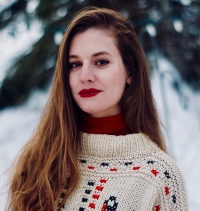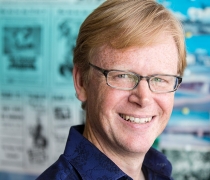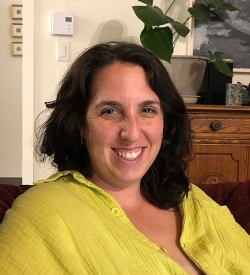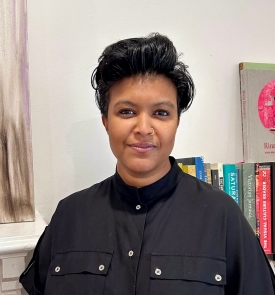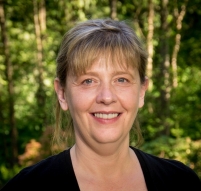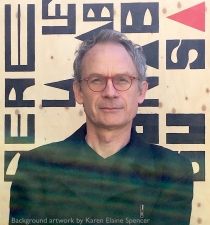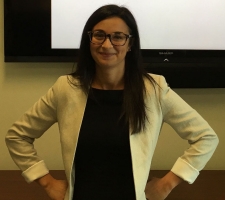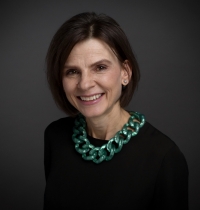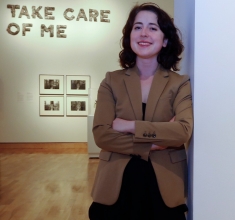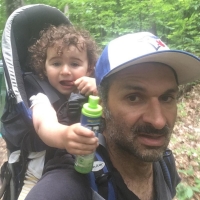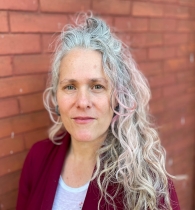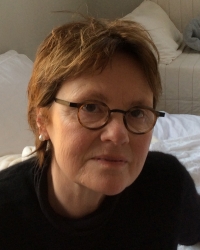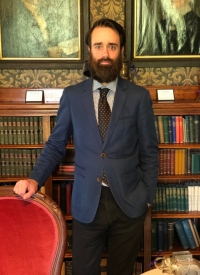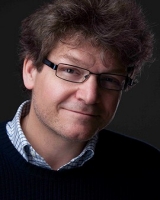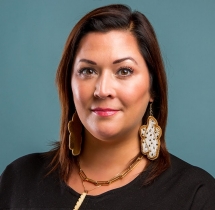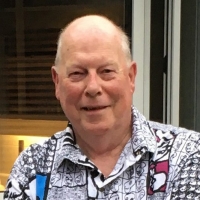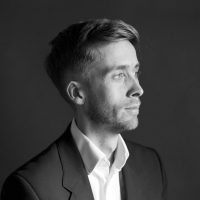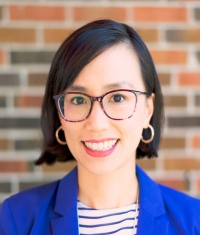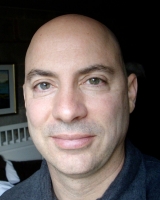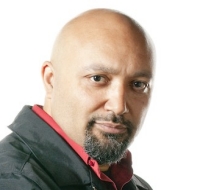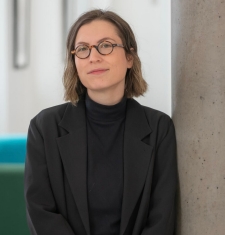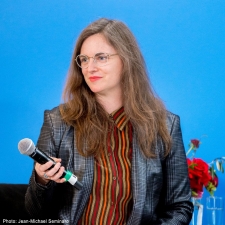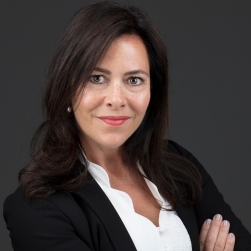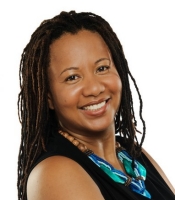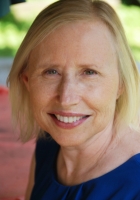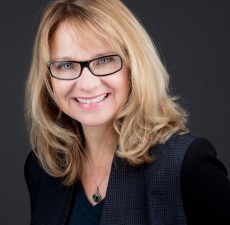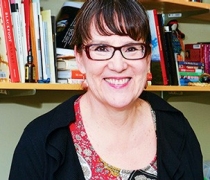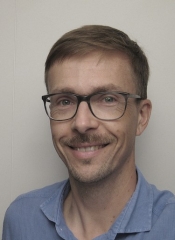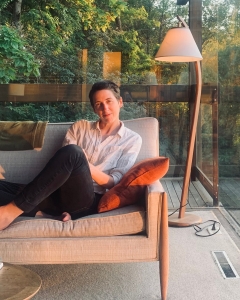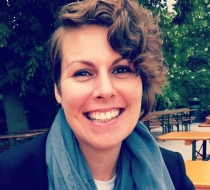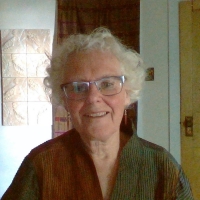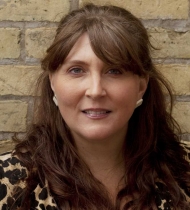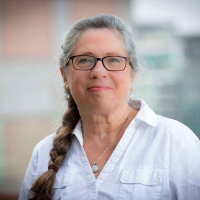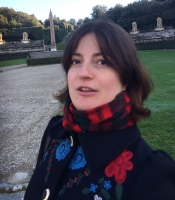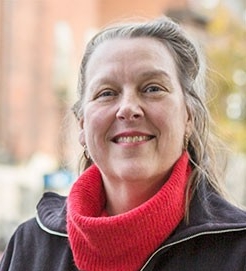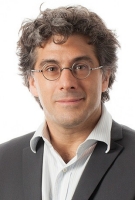Charmaine A. Nelson, External Member
Charmaine A. Nelson is a Provost Professor of Art History and the founding Director of the Slavery North Initiative at the University of Massachusetts – Amherst, which supports research and research creation on the study of Canadian Slavery and slavery in the American North. She was previously a Professor of Art History, a Tier I Canada Research Chair in Black Diasporic Art and Community Engagement, at NSCAD University in Halifax, Nova Scotia (2020-2022). At NSCAD in 2020 she launched the Institute for the Study of Canadian Slavery, the first-ever research centre focused on the overlooked 200-year history of Canadian participation in Transatlantic Slavery. As the director of the Institute, she has done considerable public outreach in the form of lectures, media interviews, blogs, and podcasts. She has also organized panels and oversaw the competition for the first cohort of five institute fellows (2021-2022). Prior to this appointment she worked at McGill University (Montreal) for seventeen years (2003-2020) and at Western University for two (2001-2003), where she became the first black person appointed as a tenured or tenure-track professor of Art History in Canada. Charmaine has made ground-breaking contributions to the fields of the Visual Culture of Slavery, Race and Representation, and Black Canadian Studies. Much of her research examines the nature of power relations, resistance, and cultural production within the context of Transatlantic Slavery. She has also written about “high” art, “low” art, and popular culture from the eighteenth century to the present. Her seven books include The Color of Stone: Sculpting the Black Female Subject in Nineteenth-Century America (2007), Slavery, Geography, and Empire in Nineteenth-Century Marine Landscapes of Montreal and Jamaica (2016), and Towards an African Canadian Art History: Art, Memory, and Resistance (2018). An incredibly active scholar, Charmaine has given over 300 lectures, papers, and talks across Canada, and the USA, and in Mexico, Denmark, Germany, Italy, Norway, Spain, the UK, Central America, and the Caribbean. Her university lectures include Harvard, Oxford, Princeton, Stanford, the University of Toronto, the University of British Columbia, and Yale. She is also actively engaged with lay audiences through her media work including ABC, CBC, CTV, BBC One, The Boston Globe, The New York Times, and PBS. She has blogged for the Huffington Post Canada and written for The Walrus. Charmaine is a consultant and on-camera expert for Hungry Eyes Media’s BLK: An Origin Story and the CBC’s Black Life: A Canadian History. She has also held several prestigious fellowships and appointments including a Caird Senior Research Fellowship, National Maritime Museum, Greenwich, UK (2007) and a Fulbright Visiting Research Chair, University of California – Santa Barbara (2010). She was recently the William Lyon Mackenzie King Visiting Professor of Canadian Studies at Harvard University (2017-2018) and a Fields of the Future Research Fellow at Bard Graduate Center in New York City (2021). She is also a fellow of the Royal Society of Canada (2022) and a member of the American Antiquarian Society.


